Take a minute and mentally walk through your cooking. Was there ever a time when you’re cooking and something just doesn’t seem right? Maybe the dish was unseasoned or mild-tasting? Perhaps you can’t seem to identify what has gone wrong in the dish you’re preparing?
There’s no shortcut that will make your cooking great. However, there are some tricks that can help you maximise the flavours in your dish without the need to burst your pocket or use unhealthy additives .
Here are a few tricks and tips to boost your cooking’s flavours.
Dried vs fresh herbs
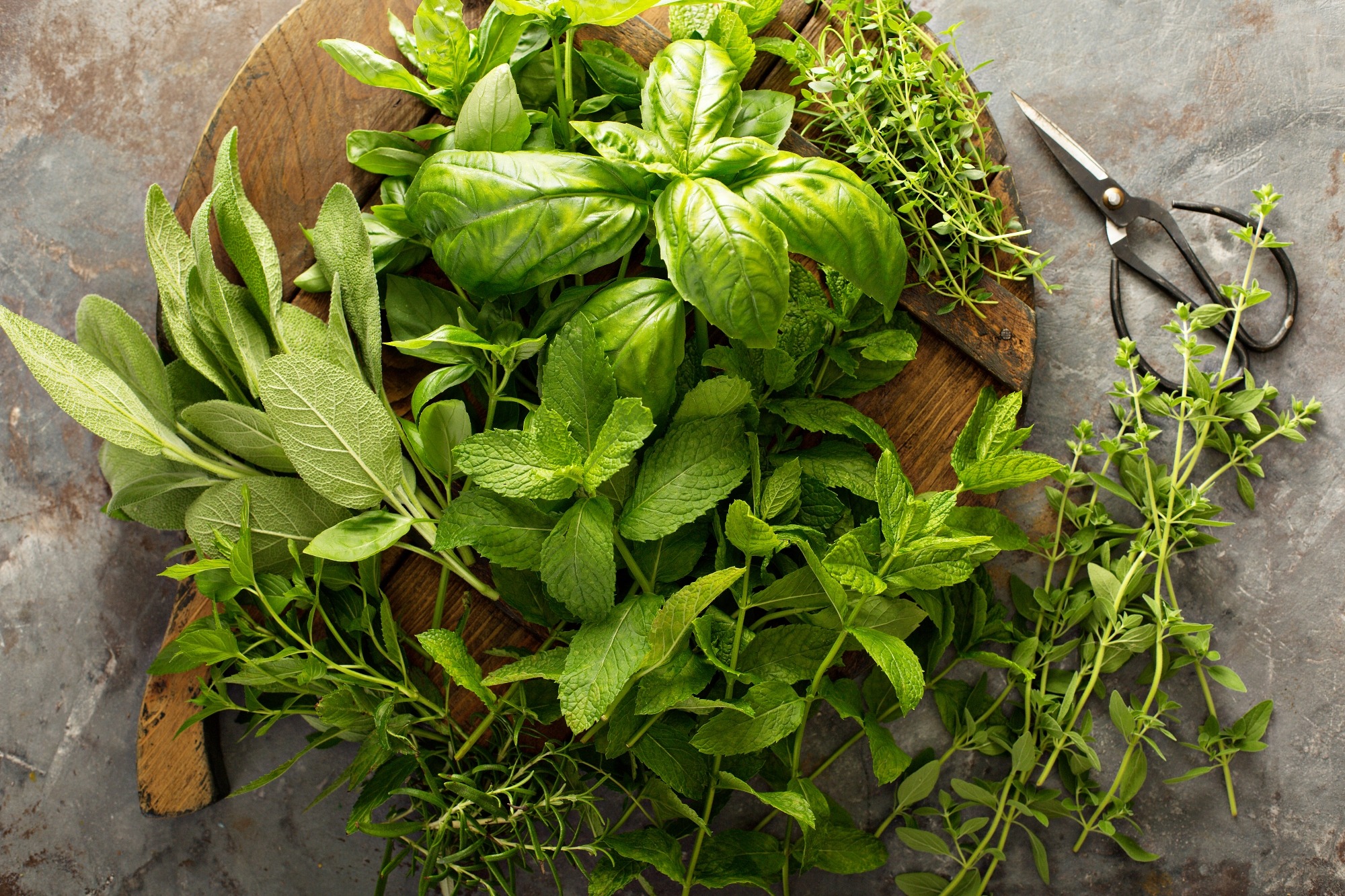
Flavours of food can easily be enhanced by using simple ingredients like herbs as it brings out the natural flavour.
Do not be afraid to experiment with different herbs when cooking. However, do try to use herbs in small amounts first as it will help you to find the right balance and combination in the dish.
Dried herbs like rosemary, thyme, and oregano have a deeper flavour than fresh herbs.
However, if you prefer fresh herbs, you can always use basil, coriander or parsley or other herbs that goes well with the ingredients of the dish you’re cooking.
Spice and everything nice
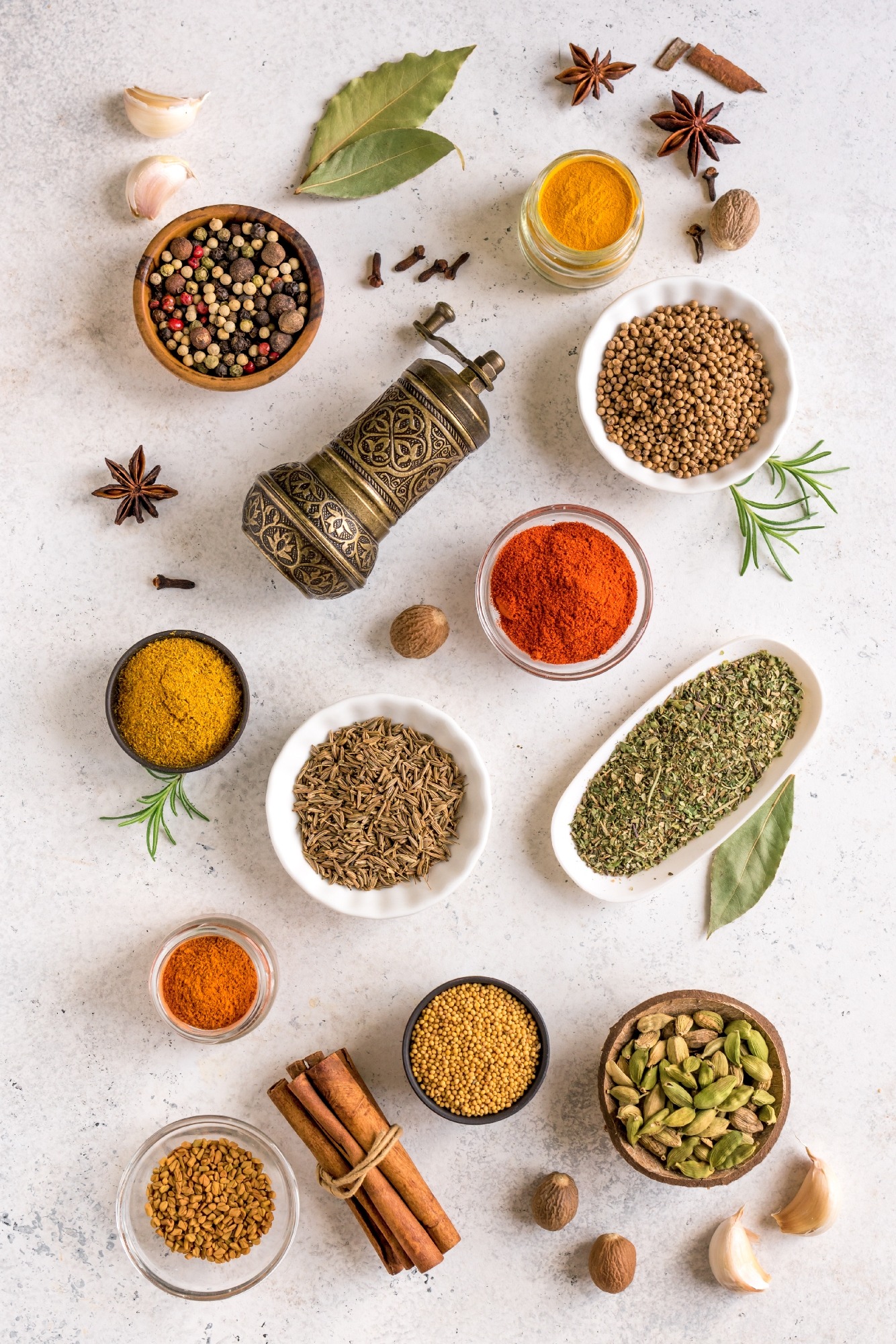
The most important thing you can do to make your meals delicious is by seasoning it well.
Layering your dish with seasoning and spices isn’t necessarily going to make the food taste spicy, but the aroma from the spices is what boosts the flavour in your dish.
The best way of using whole spices is to toast it in a pan before adding the other ingredients. Also, consider working with spices such as paprika, nutmeg, cumin, cinnamon or other spices that you think goes well with the dish. Each additional spice will help layer in extra flavor.
Citrus to the rescue
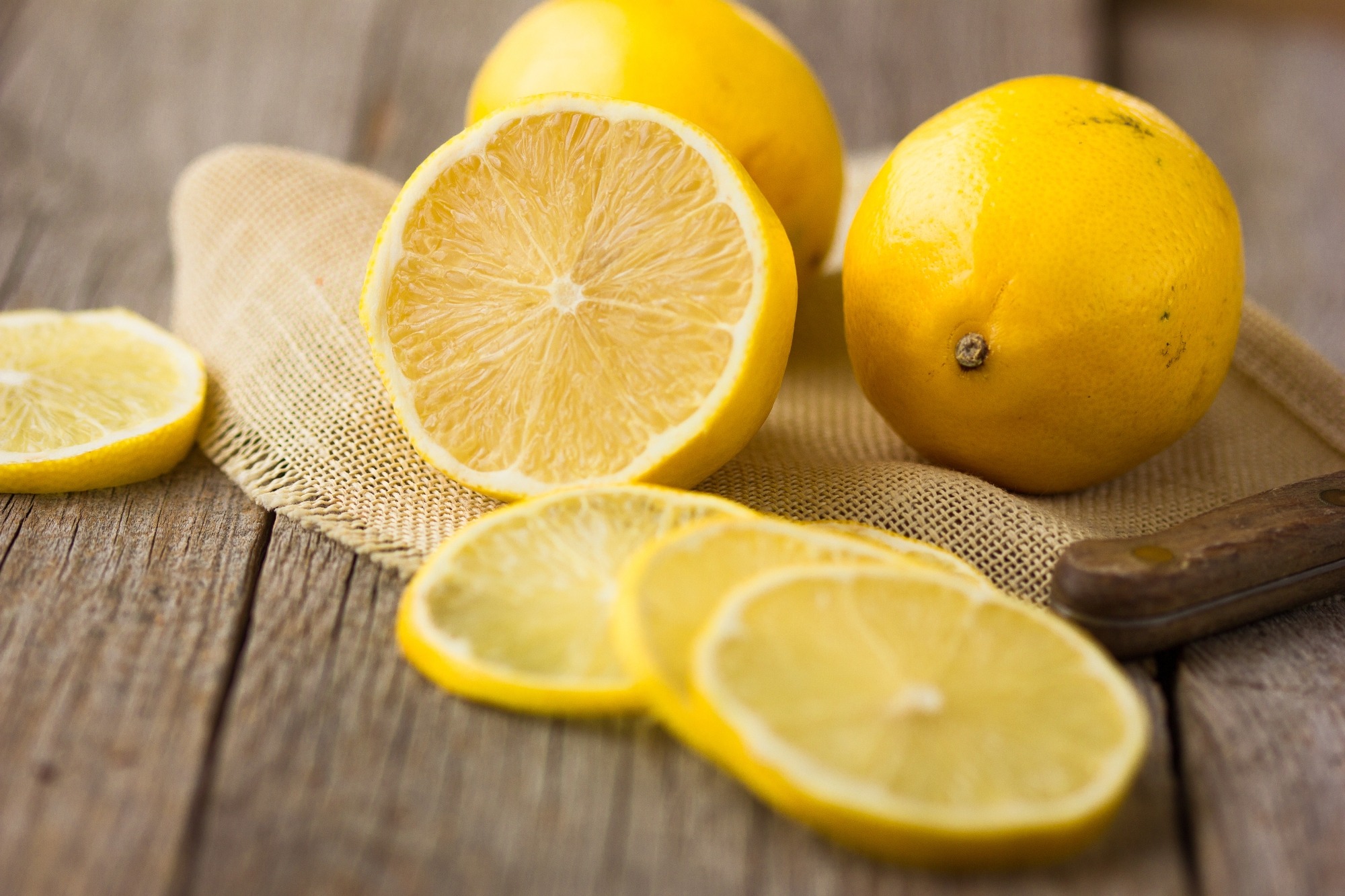
“There’s just something missing!” Ever had that thought in your mind but you could never figure out what it is. If you’ve ever searched for an ingredient to lend a depth to your dish, there’s a good chance that the missing ingredient is acid. Two ways to add acidity in your food is by squeezing some lemon in your dish or a splash of vinegar. Seasoning with acid can amplify the flavors in a dish as well as add depth and help bring everything together.
Acidity is one of the five main taste sensations we will ever have the pleasure to experience, so it makes sense to carefully consider it in our cooking.
Caramelising
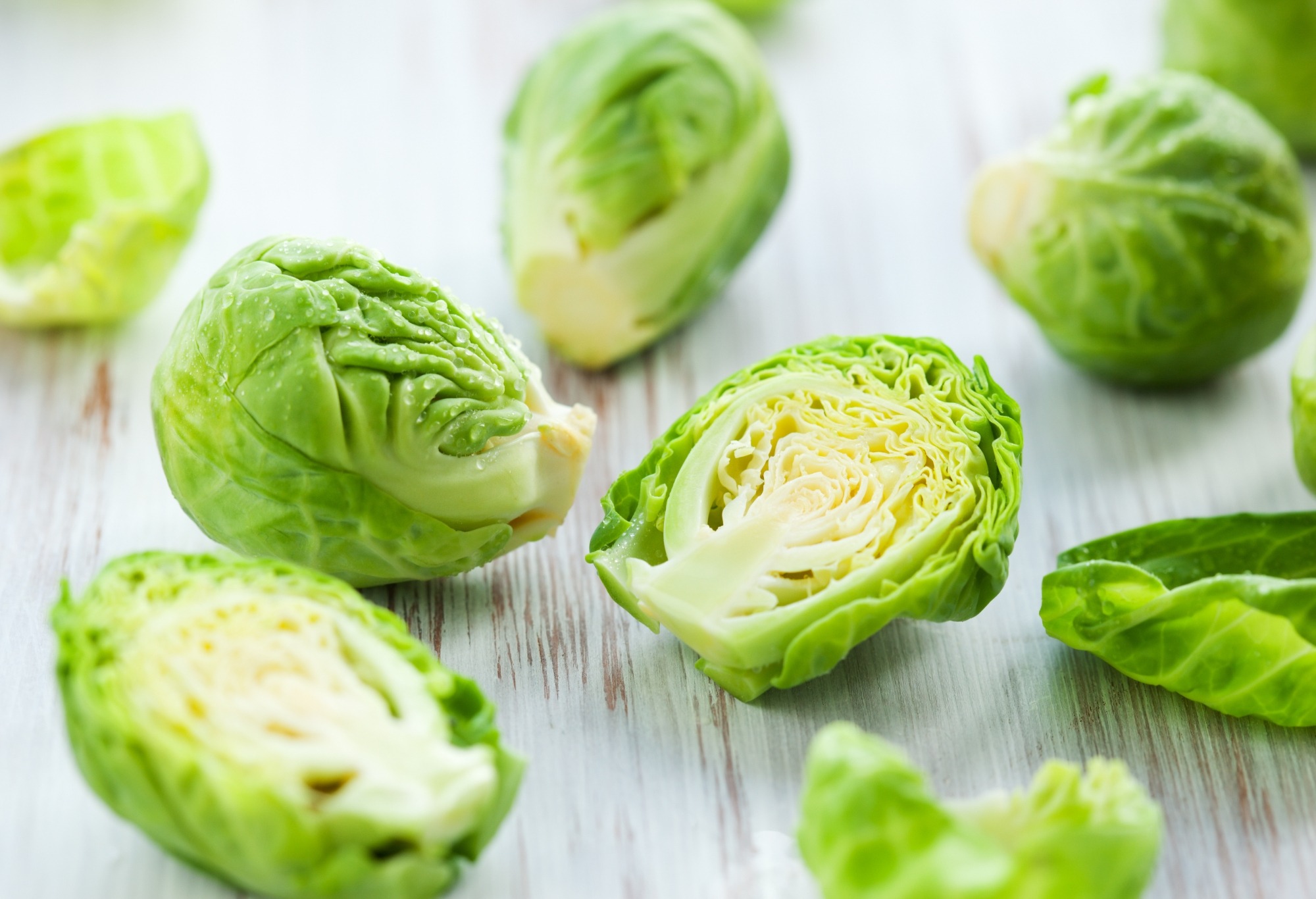
Apart from caramelising sugar, it’s a common culinary approached to caramelise savoury foods. Vegetables like onions, brussels sprouts and carrots become sweeter as they brown and intensify the sweetness and flavours in the dish. The most important elements to remember about caramelising is to use a heavy, preferably light-colored pan. Once the sugar dissolves into the water, do not stir and remove pan from heat immediately after the caramel reaches the desired color.
Poaching
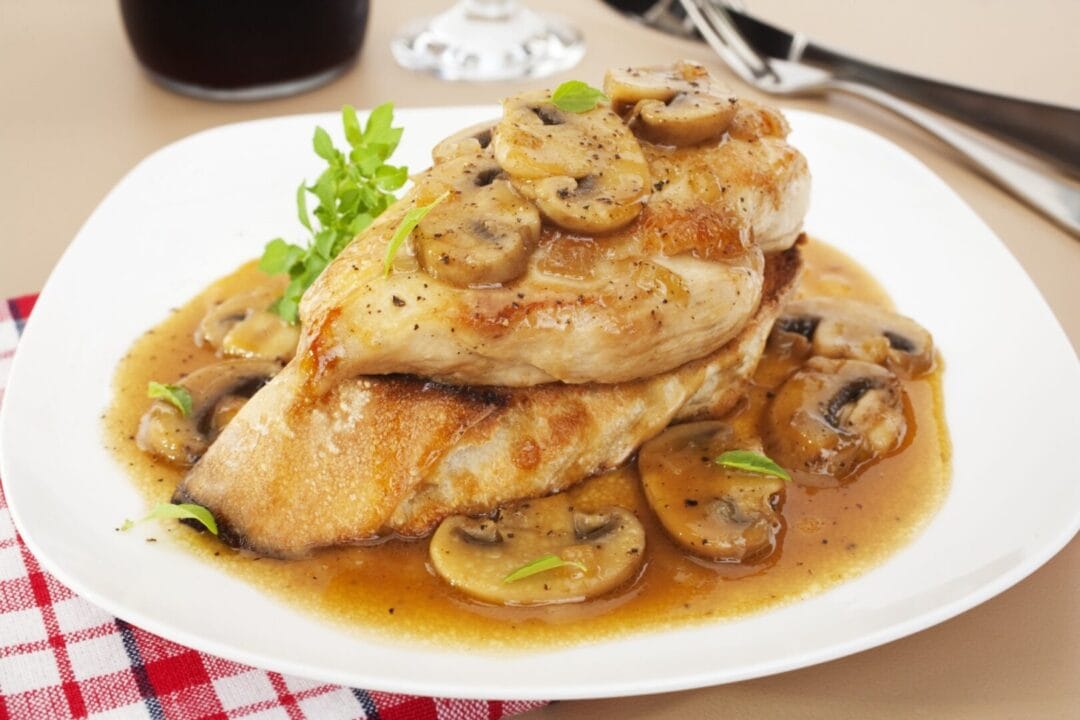
Poaching is a very gentle technique that simmers vegetables and meat in stocks or wine that makes the meat incredibly tender and moist. Also, the poaching technique allows the meat to absorb all the flavours from the herbs and stock that it’s cooked with as it provides a different dimension of taste. Intensify the flavour profile by slow cooking the dish.
Cooking tips
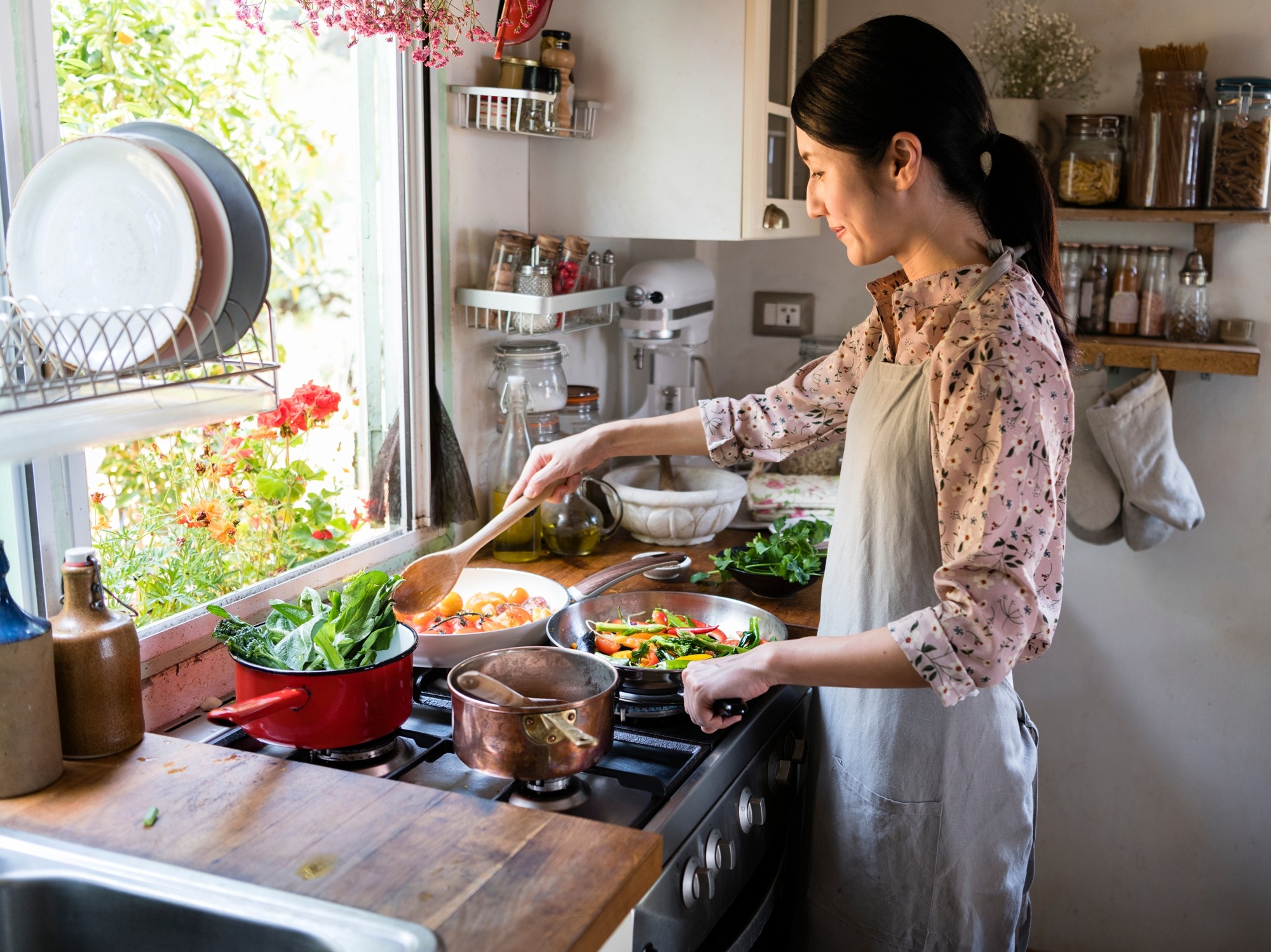
Remember, overcooking can destroy the flavour and nutrients in the food.
Keep an eye out when you’re cooking as you would want to retain the nutrients, flavour and texture of the dish.
Cooking does not improve the quality of the food, but it enhances the flavour profiles when using the right ingredients.
Sources: Eat Right, WebMD, Cook’s Illustrated











